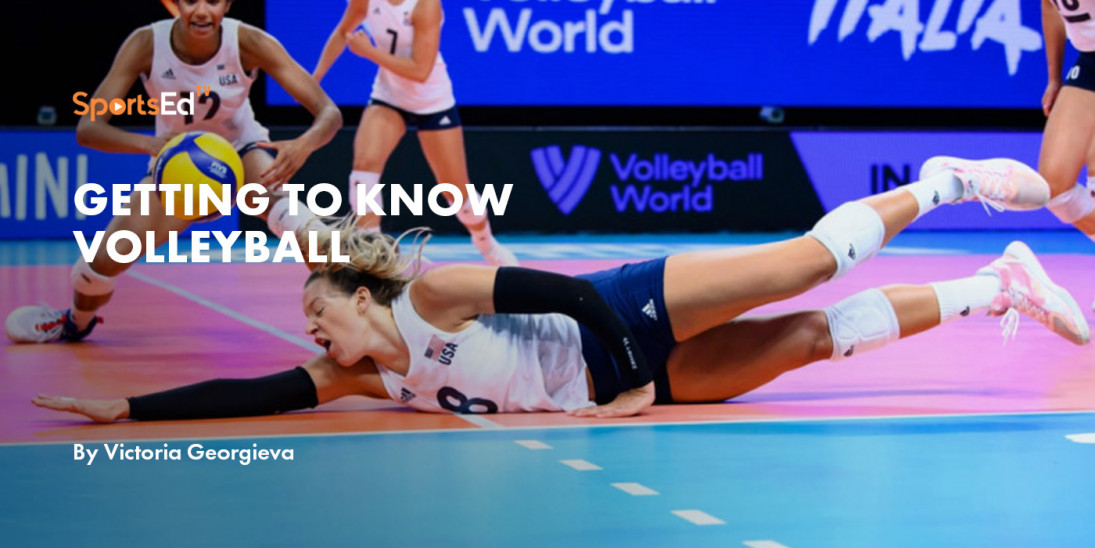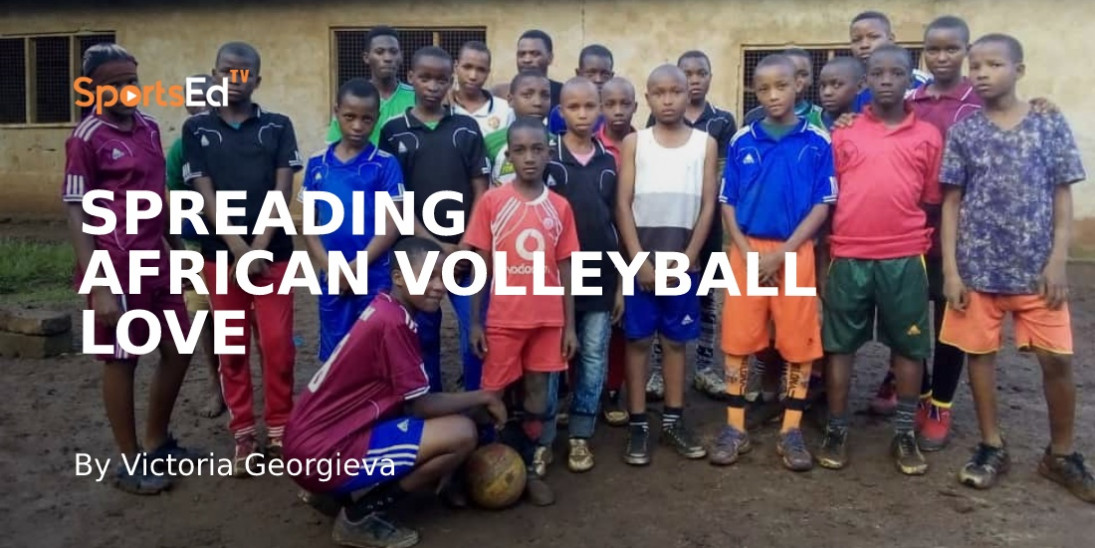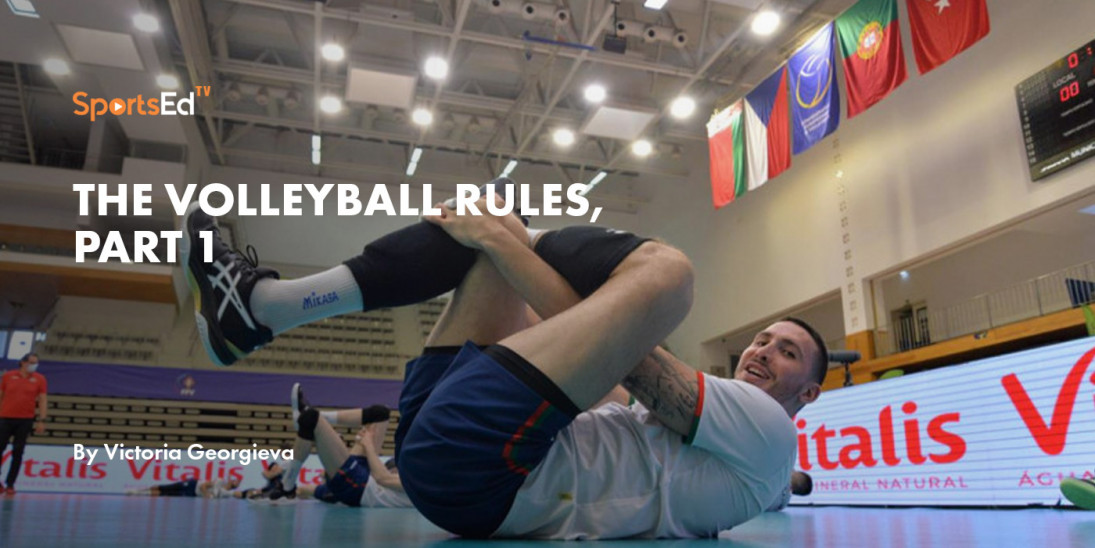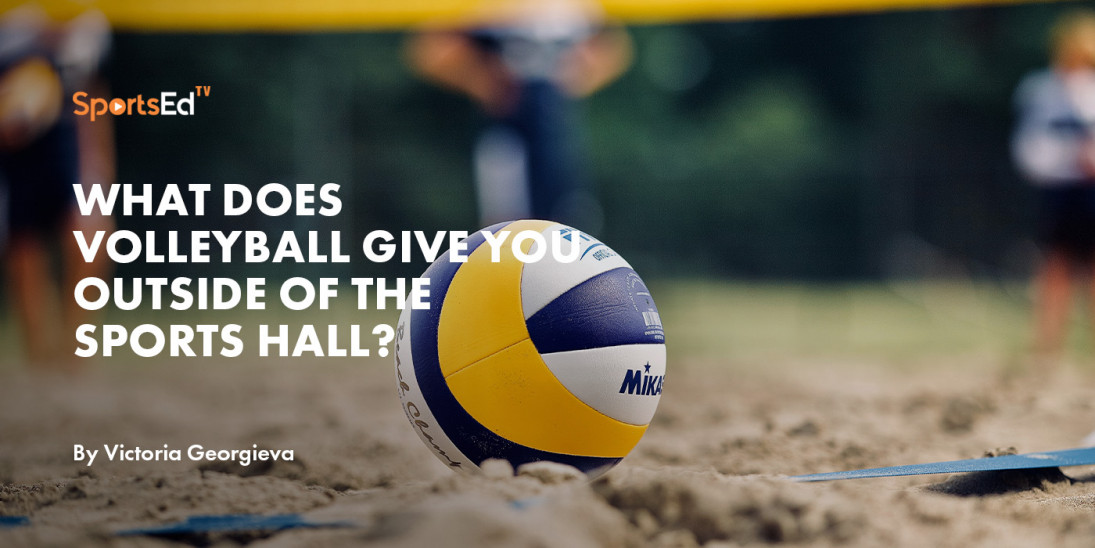Volleyball
Welcome and thanks for visiting...

The Volleyball Rules, Part 2
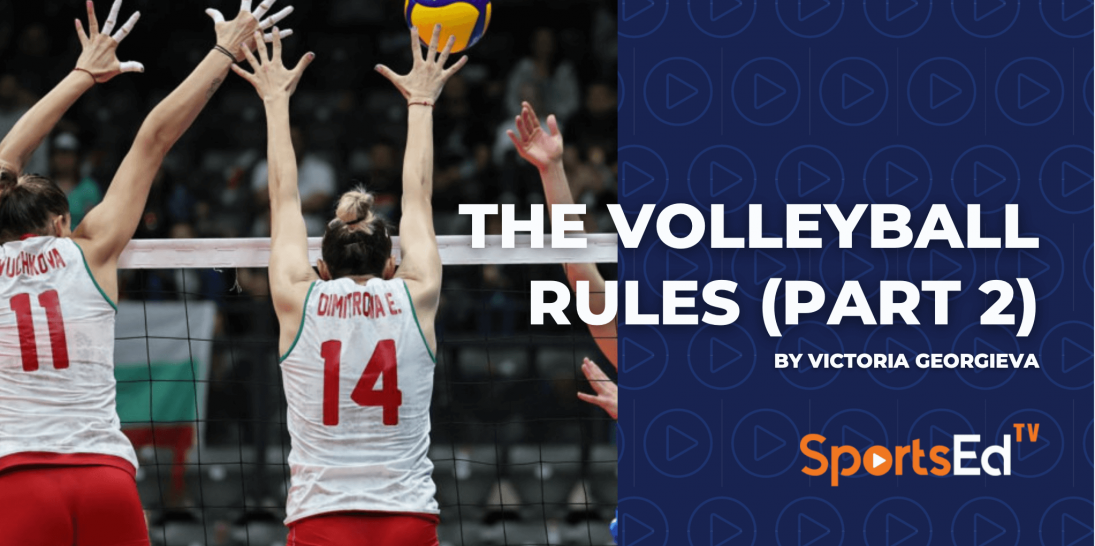
We continue on exploring the Universe, called “Volleyball Rules”. If you have missed the first part of it, check here.
As we have already noted, Volleyball is a game with many, many rules. And to play it, you need to know these rules very well. And to apply them during a match, you need to pay attention to many details, that, of course, become habit as the time passes. Still, high levels of concentration are required.
Don’t believe us?
Let’s start then.
What do you know about POSITIONS, ROTATIONS AND ROTATION FAULTS?
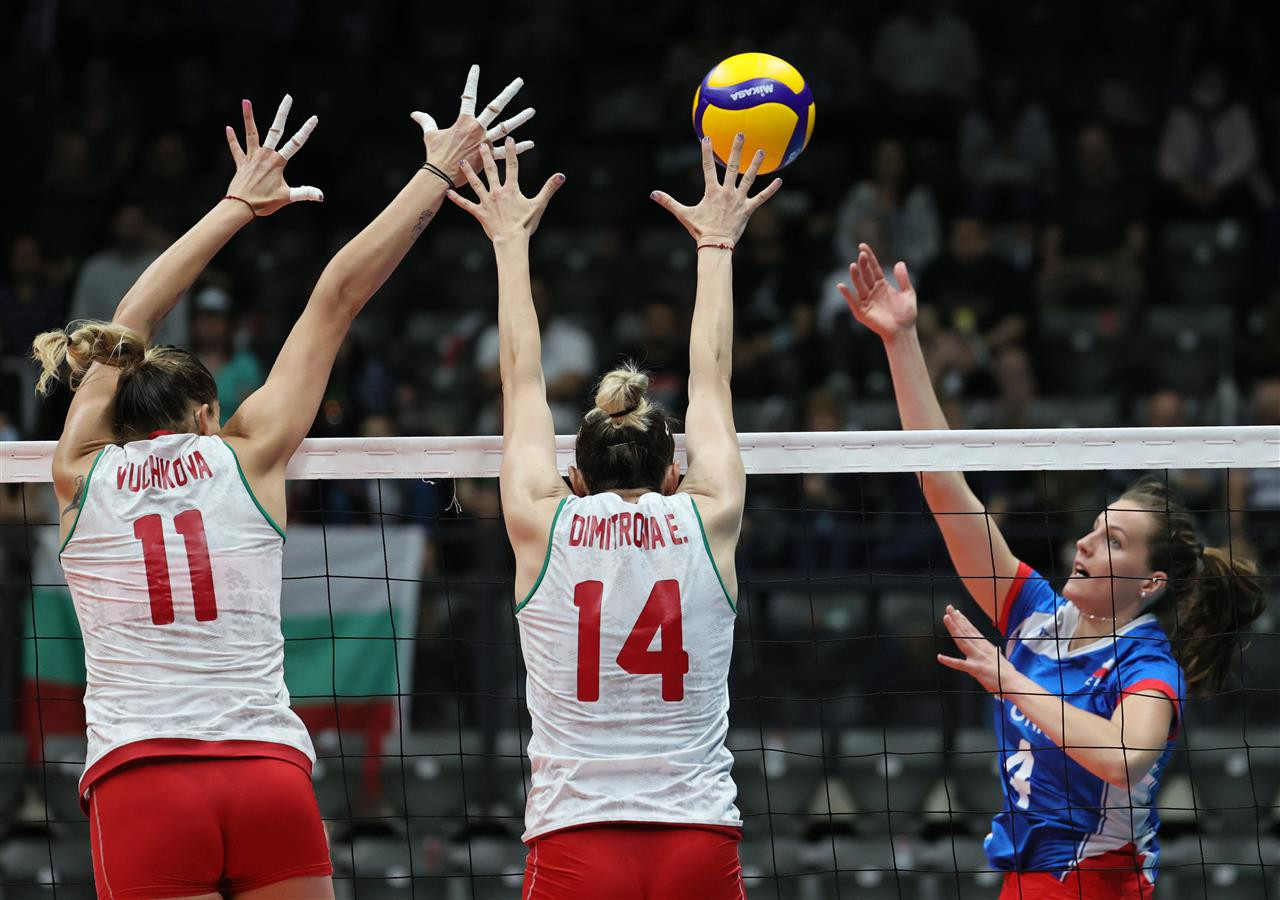
1. Positions
To no surprise, each team must be positioned within its own court in a rotational order. Only the server may be positioned outside of this rotational order.
In Volleyball, we have:
Front-row players (positions 2, 3, 4 on the court, as per against clock rotation)
Back-row players (positions, 1, 5, 6)
The front-row players should be behind the back-row players.
Important: You might have noticed, while watching Volleyball games, that after the service hit, the players start moving around and often occupy any position (not the one where they were before the service). As per the game rules, this is allowed, although attention must be paid - if your players start changing positions before the service hit and are not their correct positions, this might be considered a positional fault, and the team sanctioned (the team is sanctioned with a point and a service to the opponent, plus the players’ positions must be rectified).
2. Rotations
This is the order determined by the team’s starting line-up, and as mentioned above is controlled with the service order and players’ positions throughout the set.
Don’t forget! When the receiving team records a point, they gain the right to serve and the players should rotate one position clock-wise (i.e. the player in position 2 moves to position 1 to serve).
Rotational fault: As its name suggests, this kind of fault is committed when a fault in the rotation is made. How do we “spot” the fault? It has to do with the SERVICE - it should be made according to the rotational order.
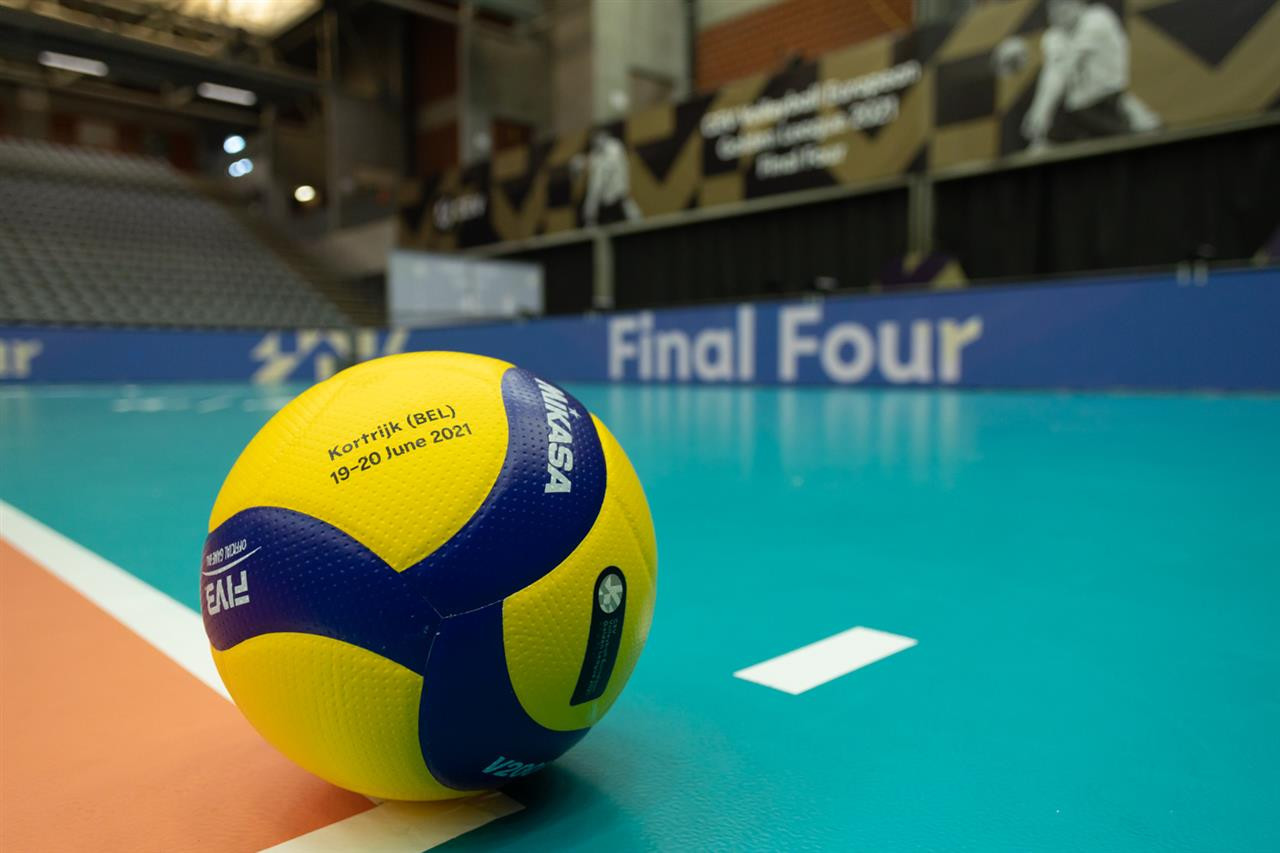
DIVING INTO THE PLAYING ACTIONS
Ball In Play and Ball Out of Play? What you should remember about these two is that they have to do with the service and the referee authorization.
The Ball is IN play when the 1st referee authorizes the service, the ball is OUT of play from the moment when the fault is whistled by one of the referees.
Have you seen players at the end of the rally with their hands up and fingers pointing up in the air? This is the sign that the Ball is OUT. And it is out when:
- All the parts of the ball that contact the floor are completely outside the boundary lines.
- The ball touches an object outside the court
- Remember the Antennae? If the ball touches it, or ropes, posts or the net itself the side bands, it is OUT, etc.
On the other hand, the ball is IN when it contacts the court, including the boundary lines.
How do we PLAY THE BALL?
1. Team hits
Did you know that a hit is considered any contact with the ball by a player in play?
Don’t forget! The team has a maximum of three hits for returning the ball. If more happen, this is considered a fault “Four hits”. Important: the three hits are in addition to blocking, meaning that a team can attempt a block, and if it is not successful and the team still has to organize the attack, they have three hits to do so.
1.1. Consecutive and Simultaneous contacts
The player cannot hit the ball two times consecutively, but what about simultaneous contacts? You might think that this is forbidden (yours truly believed that when I started playing Volleyball) but it is not. However, there is a trick to that. Two or three players may touch the ball at the same moment, but it is counted as two or three hits (except the block). If these players reach for the ball but only one of them touches it, it is still one hit.
What about two opponents touching the ball simultaneously over the net? When this happens, the ball remains in play, and the team receiving the ball is entitled to another three hits. If the ball goes out, the team of the opposite side is in fault.
Don’t forget! The ball may touch various parts of the body, given that the contacts take place simultaneously.
1.2. Faults in playing the ball
You are not allowed to record four hits, have assisted hit (when a player takes support from a team-mate in order to hit the ball), catch, double contact (hitting the ball twice in succession).
2. Ball at the net
Of course, we know that the basis of the game is the ball crossing the net, but we should not forget that this ball must go over the net within the crossing space. What is this crossing space, then? It is the vertical plane of the net limited to below (by the top of the net), at the sides (by the antennae, and their imaginary extension), and above (by the ceiling).
Don’t forget! The ball may touch the net while crossing it. A ball driven into the net may also be recovered (but remember the three hits rule).
3. Player at the net
It is important to remember that a player's contact with the net during the action of playing the ball, is considered a fault.
When does a player record a fault at the net?
- A player touches the ball or an opponent in the opponent’s space before or during the opponent’s attack hit
- A player interferes with the opponent’s play while penetrating into the opponent’s space under the net
- A player’s foot (feet) penetrates completely into the opponent’s court
4. Service
It is the 1st referee who authorizes the service, and the server must hit the ball within 8 seconds after the 1st referee whistle. When executing the service, the server should not touch the court, including the end line. After the hit, the server might land inside the court.
5. Attack hit
Do you believe an attack only refers to a powerful hit the opposites execute? Well, no shame if you were part of this group of people (so was I for quite a long period!). But as per FIVB rules, “all actions which direct the ball towards the opponent, except for service and block, are considered as attack hits”.
Important! The front-row players are allowed to execute an attack always when the contact with the ball has been made within the player’s own playing space; but the back-row players complete an attack from behind the front zone (they can attack from the front zone only if the ball is lower than the top of the net).
And don’t forget that the player’s foot (feet) mustn’t touch nor cross the attack line.
6.Blocking
Who doesn’t dream of recording a Monster Block?
But if you believe everybody can do it during a match, well, you are wrong. Only front-row players are permitted to execute a block, and at the moment of the contact with the ball, a part of the body must be higher than the top of the net.
Not every reaching to the net and jumping with block steps, means there will be a block. Blocking without touching the ball is called a “block attempt”. On the other hand, the action is completed when a player(the blocker) touches the ball. What we witness a lot during matches, is the so called “collective block” when two or three players get close to each other and one of them performs the block, touching the ball.
One of the first things that we are all supposed to learn when starting to learn blocking, is that a block is not counted as a team hit, and that after a block contact, the team has three hits to return the ball. Another important thing not to forget is that, in this case, the first hit after the block, might be executed also by the player who has touched the ball during the block.
DON’T! Never try blocking the service. It is a forbidden action.
Don’t forget! A back-row player or a libero cannot perform a block.
INTERRUPTIONS, DELAYS AND INTERVALS
INTERRUPTIONS
Do you know what is considered an interruption in Volleyball? This is the time between the completed rally and the 1st referee whistle to indicate the next service.
The regular game interruptions are TIME-OUTS and SUBSTITUTIONS.
1. Time-outs
How many time-outs can a team have?
Each team is entitled to a maximum of two time-outs. The substitutions don’t count as time-outs, and a maximum of six per set, per team is allowed.
Important: A team cannot make consecutive requests for substitutions during the same interruption. If a team wants to substitute two or more players at once, it is not required to ask for separate substitutions; these substitutions can be executed within the same request.
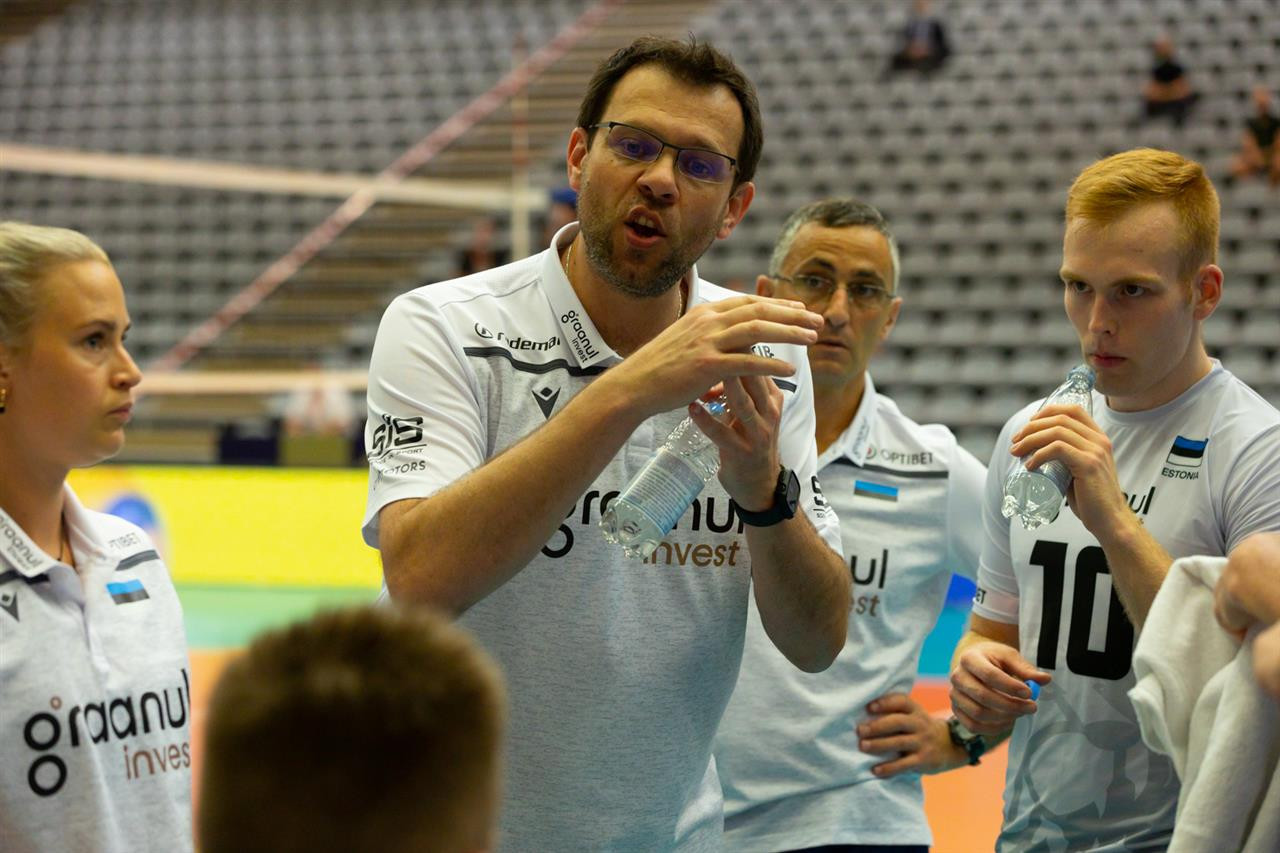
Don’t forget! A request (or two) for time-out can be followed by a request for substitution, meaning that these can follow one another.
1.1. How to request a time-out?
It can be requested by the head coach, showing the corresponding hand signal when the ball is out of play. The duration of the time-out is 30 seconds, and during these, the players in play go to the free zone near the bench.
2. Substitutions
2.1 What is a Substitution?
The act of replacing a player with another, is called a Substitution.
Attention! This should be recorded by the scorer of the game, and the enters the field to occupy the exact same position as the player that is about to leave the court.
A substitute player may enter the game to replace a player from the starting line-up, but this action is limited to one per set. It is important to mention that the substitute player can be substituted, too, but only by the same starting player.
Important: This does not apply to the Libero and their replacement player.
2.2. Exceptions
In case of an injury, a substitute player can enter the court, executing a legal substitution.
Any expelled or disqualified players must be substituted immediately through a legal substitution.
DELAYS
3.1. There are different types of delays.
Some of them including the following:
- Prolonging interruptions, after having been instructed to resume the game;
- Requesting an illegal substitution;
- Repeating an improper request;
- Delaying the game by a team member,etc.
There are also delay sanctions, including “Delay warning” and “Delay penalty”. The “warning” refers to the first delay in the match by a team member. The “penalty” happens when subsequent delays of any type by any member of the same team happen; it is sanctioned with a point and a service to the opponent.
3.2. Exceptional interruptions
We talk here about serious accidents during the play. It is up to the referee to stop the game immediately, and to permit medical assistance. The rally should be replayed.
There are other exceptional interruptions, such as external interference or prolonged interruptions. The referee together with the Control Committee shall decide the measures.
INTERVALS
An interval is the time between sets. All intervals last three minutes. It is used to change the court and line-up registrations.
Teams change courts after each set, except for the deciding set, when courts are changed when a team reaches 8 points.
SPECIAL RULES FOR THE LIBERO PLAYER
The libero player is a position that requires a special attention, and FIVB knows that very well, including it as a separate chapter in its rules book. We, at SportsEdTV have already delved into more detail, dedicating a special article on what it takes to become a good libero. Check this out here.
PARTICIPANTS
We often talk about Volleyball as more than a sport. Or a sport that educates on and off the court. And the ones involved with it, may proudly say that there haven’t been many bad examples - you will rarely, to never, see players entering a physical battle (and it has to do with the fact that Volleyball players don’t have a physical contact with the opponent’s team during the actions).
Volleyball is considered by many the noble sport, and its participants are invited to always act in a sportsman way, adopting a fair play approach to the game, showing respect to the opponent players, referees, officials, etc.
As per official FIVB rules, the participants must respect the referees’ decisions, and allegations can be made only by the team’s captain. To play the game of Volleyball, the participants must very well know the official rules.
However, in the Book of FIVB Rules, there is a section dedicated to Misconduct and its sanctions.
- There two types of misconducts:
- a) a minor misconduct (offences that are not subject to sanctions). In such cases, the 1st referee has two options to act: 1. Issuing a verbal warning through the game captain; 2. Using a YELLOW CARD to the team member’s concerned). This card has more of a symbolic meaning and it is a warning to the ones receiving it, but has no immediate consequenes.
- b) misconduct leading to sanctions - we talk about 1. rude conduct; 2. offensive conduct; 3. aggression.
Sanction scale
Depending on the seriousness of the offence, the 1st referee is the person in charge to judge the lever of sanction. There are three levels as follows:
- Penalty (red card + the team member is penalized with a point and service to the opponent)
- Expulsion (red+yellow card jointly + the team member shall not play for the rest of the set and should be substituted legally. If the expelled person is the coach, they lose their right to intervene and sit in the penalty area). Fun fact! For all these years in the halls, I haven’t seen an expelled coach, but who knows what the future holds?
- Disqualification (red and yellow card separately; the team members should be substituted legally and should leave the Competition-Control Area for the rest of the match)
And that’s it about the Volleyball rules!
Of course, there are other approaches that go into much more detail, but I do hope that these two blog posts can give you a better idea on how complex, and wonderful (!) Volleyball is.
Source: FIVB - Rules of the Game, 2017-2020 edition
Photo credit: CEV
Read More:

